Written by Guest Contributor on The Prepper Journal.
The last battle fought on US soil was, arguably, the Aleutian Islands Campaign, which took place during the World War II, in the year 1942. Japanese Expeditionary forces landed on the islands of Attu and Kiska. However, if you define US soil as including “US territories” then the Philippines Campaign (1944–45) might be considered the last war fought on “US soil”. The wars that have occurred in our homeland have been the American Revolution (War of Independence), the War of 1812, the US Civil War – which I will challenge later, The Spanish-American War and there are disputes as to whether the Mexican-American War or the French and Indian Wars (as well as other colonist-native disputes) are considered ‘wars’ at all. We will leave that to the pundits.
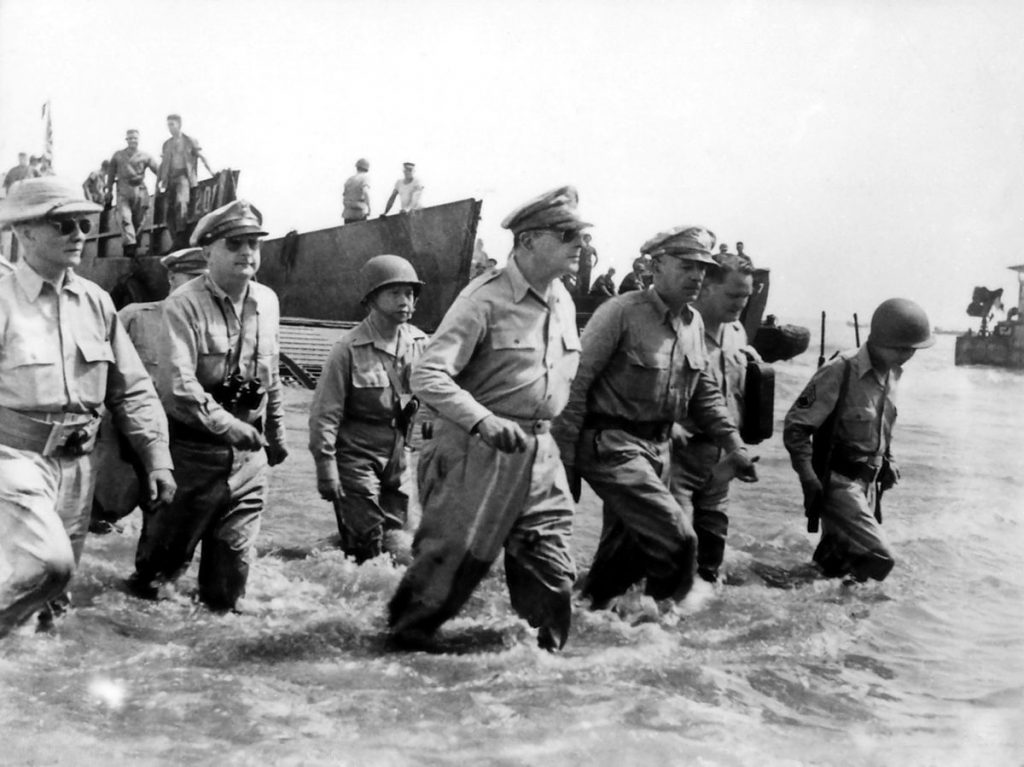
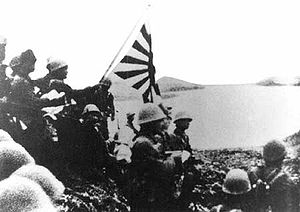
So war at home has really been the stuff of movies for the past several generations.
As Preppers it is one of the things we may consider within the realm of possibilities. We certainly all prepare for a loss of the rule of law in emergencies, immediately perhaps, long-term possibly. And preparing for a war has similarities with preparing for any emergency situation, whether caused by man or nature. We consider it an important step toward staying healthy and as comfortable as possible during an unexpected event. As a result a wide range of specialty supplies are available, but the simplest supplies are often the most versatile in a life-threatening situation. Hopefully this simple guide can help you find out which supplies are essential in the event of a war on yours or our home soil.
Basic Supplies
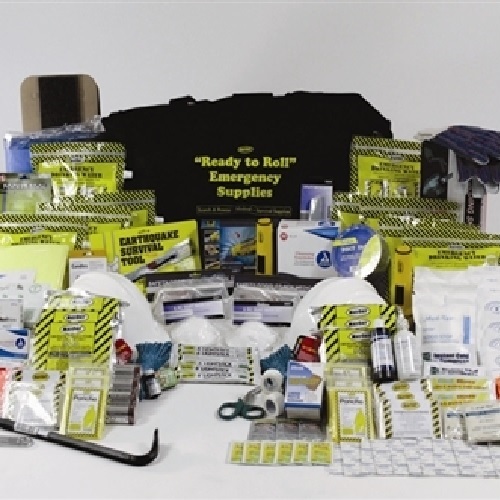
Food and medicine are nonnegotiable supplies if you need to shelter in place. Food supplies can include a variety of nonperishable items, such as rice, beans and legumes, flour, cornmeal, and canned goods. If you use a rotating system, you can easily begin building your food supply without worrying about the food expiring or going bad before you use it.
To rotate food supplies, simply purchase the things you normally buy in bulk quantities, and continue purchasing the food on a regular basis. Use the food according to its purchase date to prevent spoilage. Some types of food, such as freeze-dried meals, have an extremely long shelf life. Choose freeze-dried food if it is in your budget, and store it in a secure location that is cool and dry to preserve it for an emergency.
Bug-Out Bags
Bug-out bags are backpacks,or a similar bag, that are packed with essential supplies, allowing you to easily grab the bag and go if you need to leave home in an emergency. The bags should contain food, water, medicine, clothing, and personal supplies, such as prescription medicines or an extra set of prescription eyeglasses. It should have a 72-hour supply for each member of your family/group.
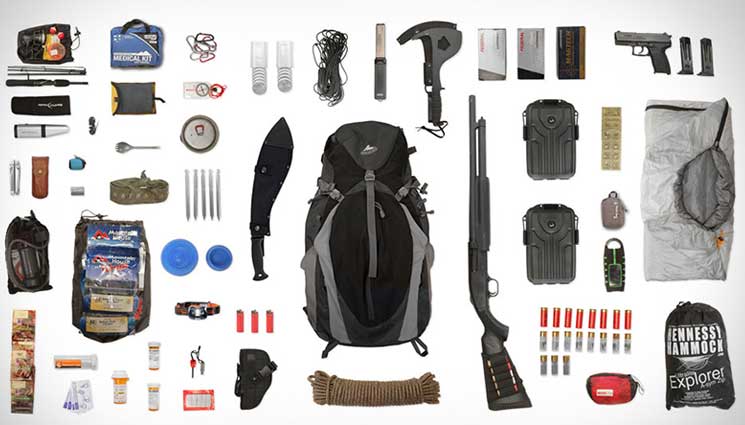
To make the bag lighter and more portable, opt for high-calorie food options that have a longer shelf life. For instance, two-thousand-calorie bars can be lifesaving when you are on the move.
 Make sure you have extra ammo packed in your bug-out bag if you plan on taking a gun with you. Extra 22lr ammo is a must-have if you want to live off the land by hunting for smaller game like rabbits, and squirrels.
Make sure you have extra ammo packed in your bug-out bag if you plan on taking a gun with you. Extra 22lr ammo is a must-have if you want to live off the land by hunting for smaller game like rabbits, and squirrels.
Investing in water purifiers for each person is also recommended.
Water Purifiers
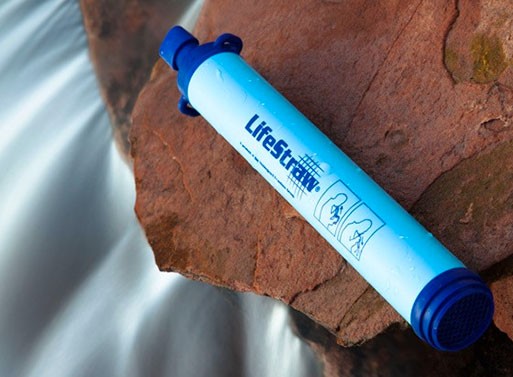
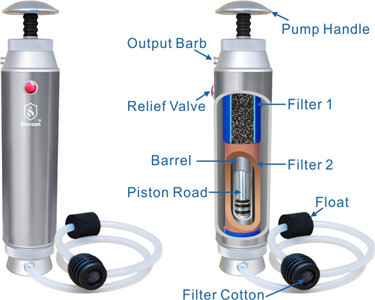
Water-purifying straws are lightweight, long-lasting, and completely portable, making them ideal for your bug-out bags. The straws allow you to drink directly from almost any water source without worrying about contaminants – as long as you read and follow the directions. Most water-purifying straws have a removable filter that allows you to easily reuse the straw for an extended time.
To make the straws last longer in a survival situation, add an extra filter for each purifying straw to each bag. The filters are small and lightweight to make them easy to carry in your backpack, and each one can provide dozens of gallons of clean water. You can also use water-purifying straws at home.
Always Be Prepared
Building your bug-out bags and emergency supplies is an important step toward preparing for any emergency, even a civil war in America. Food, water, medical supplies, and plenty of ammo are the basic supplies you need for a long-term survival situation on home soil. Add to this planning, and an understanding of the situation, which will be harder than it sounds. We are down to few, if any, reliable sources for “news” as it is, in our normal world. Now imagine a SHTF civil war where misinformation is everywhere. Every person with a ham transmitter can set and spring traps for those trying to gleam even a little intel on the situation, safe places and supply sources. In some aspects the movies and TV shows do reflect the reality that will come to pass, except for the fact that their main characters always survive.
One of my favorite books about the reality of war is Normal Mailer’s “The Naked and the Dead”. A great read, a dose of reality in a glamorized world.
Now, About That Civil War (Editor)
The very definition of a “civil war” is that it is a war to change the government of a country, a war, by definition, between citizens of the same country. By this definition the War Between the States was a civil war. However, the South did NOT fight to change the government of the country as a whole or in any state NOT a member of the Confederacy. It fought to succeed its members from the United States and form a separate nation. Right, wrong or indifferent it was not a civil war but a separatist war, and while many will write this off as “splitting hairs” it goes to the very core of KNOWING history and LEARNING from history.
The South had a singular guiding principal – to save and continue their economic model, period. Throw all the sugar coating and spin on it that you want, THAT was their singular purpose. The North, represented by Lincoln, also had a singular goal – to preserve the union at all costs, period, which was also an economic purpose. Many fought on both sides for their own reasons but these were the opposing models that could not be negotiated into an acceptable compromise, resulting in 600,000 Americans dying on American soil to preserve the union. As students of history you most likely already knew this, as a student of history my life experience has been that “lessons learned” is more an oxymoron than a reality and we suffer as a result, and my whole reason for splitting this hair. Stepping off the soapbox now.
Follow The Prepper Journal on Facebook! …and have a safe St. Patrick’s Day!

The post How to Survive a Civil War in America appeared first on The Prepper Journal.
from The Prepper Journal
Don't forget to visit the store and pick up some gear at The COR Outfitters. How prepared are you for emergencies?
#SurvivalFirestarter #SurvivalBugOutBackpack #PrepperSurvivalPack #SHTFGear #SHTFBag

No comments:
Post a Comment